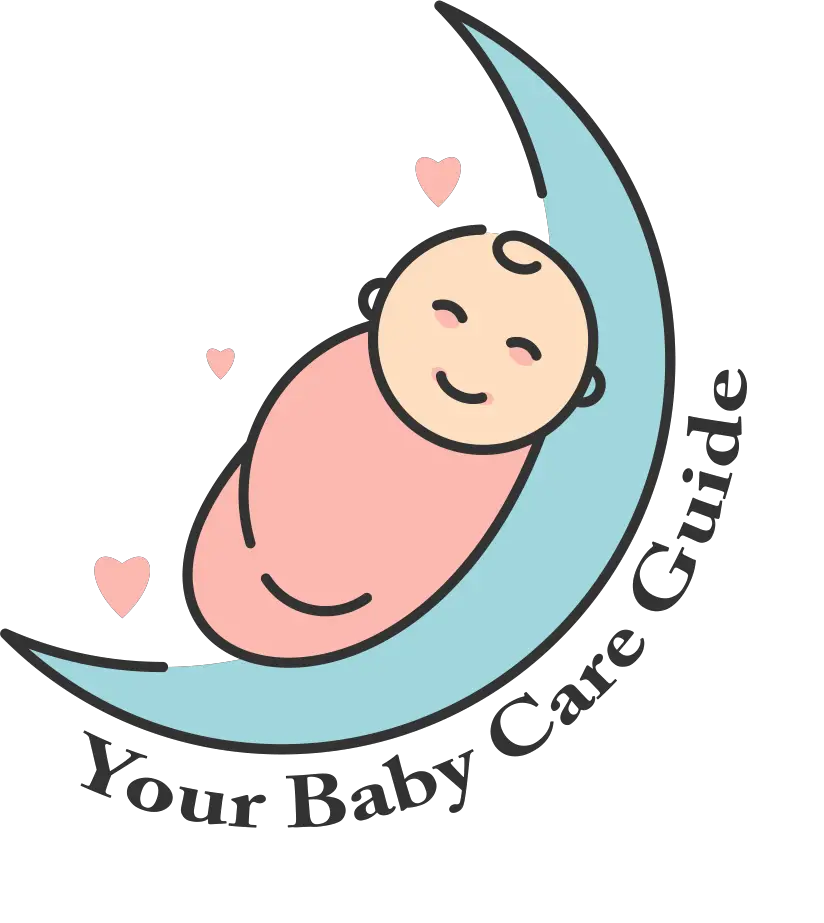As you prepare for your newborn’s first birthday, you may be wondering when to extend 3 month old wake window . The answer is: early in the day. After all, your newborn just slept all night! So it might seem backward, but your infant has a short wake window and a longer one later. The first week of sleep will pass quickly, so you may want to allow extra time for your newborn’s morning naps.
Getting a newborn on a regular sleep schedule can improve your baby’s sleep. However, remember that your baby’s schedule is constantly changing, so you may miss the ideal wake window for your three-month-old. Give yourself some grace if you want to avoid missing the perfect window. Remember that sleep windows are a guideline and can’t be followed blindly. Download a free e-Book to learn how to set your baby’s wake window.
The ideal wake window for a three-month-old is between 60 minutes and one hour. But your baby may need to wake up after an hour or even two. Consult your pediatrician or lactation consultant to find the best timing for your newborn’s wake time. For now, aim for between 15 and 20 hours of sleep each day with 3 to 5 naps. While it may seem challenging, your baby’s sleep schedule will benefit when you follow these guidelines.
Increasing your 3-month-old baby’s wake window should be done gradually. If you see your child getting crankier or waking up early from naps, gradually increase your baby’s wake window. You can combine these strategies with the baby’s cues to ensure that your child gets enough sleep. And don’t forget to give your child a cue to alert you to when it’s time to wake up!
A wake window is an important concept for parents. It is the period between naps and when your baby becomes overtired. Then, they won’t have enough sleep pressure to fall asleep without enough awake time naturally. Although not scientifically proven, these guidelines can be very helpful. If you have a baby who naps too early or has a short wake window, you’ll have a much easier time with them.
A three-month-old baby’s wake window is already short. So, at 16 weeks, you should aim for a wake window of two hours. After 20 weeks, your baby might be able to get awake for two hours. By this time, you can start to introduce a nap schedule. A short nap every day before bed will signal your baby that it’s time for sleep. It should be a routine for your child to develop and grow.
If your baby is too tired to wake up, they will fall asleep. In the worst-case scenario, the child will be cranky and likely fall asleep earlier than necessary. The solution to this problem is stretching the wake window. However, you may have to cut down on one of these naps and wait for it to grow longer. You may stretch your child’s wake window to avoid cat naps.

